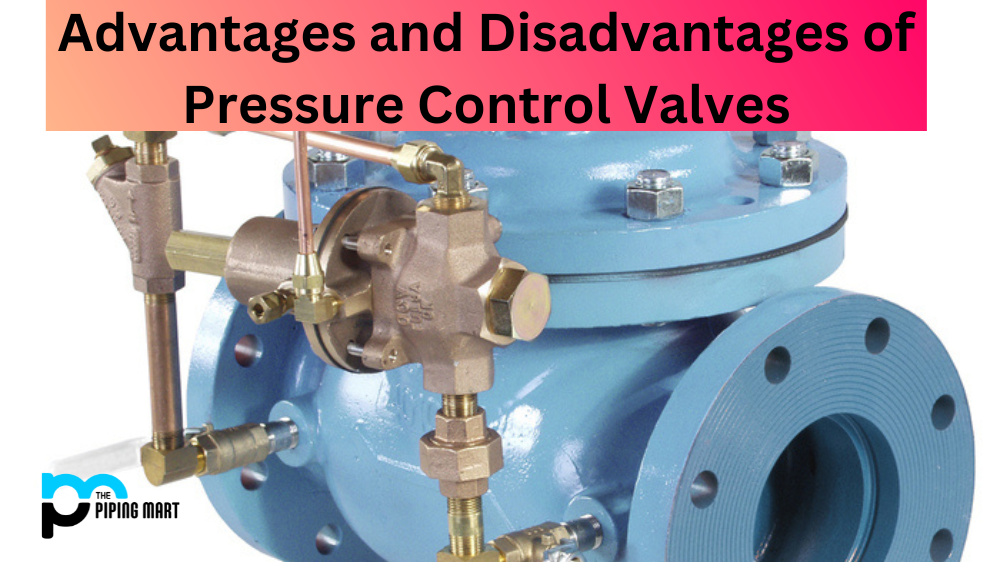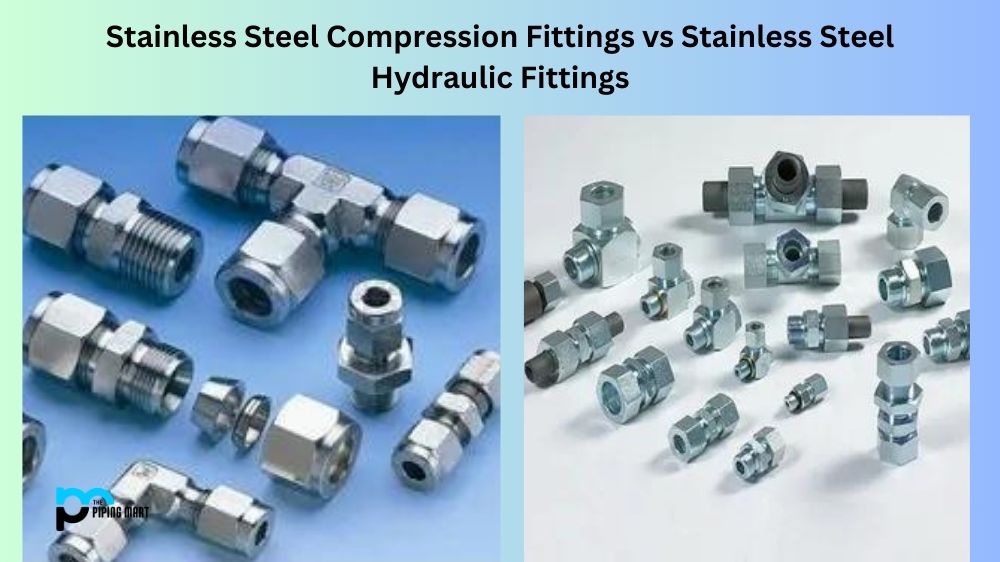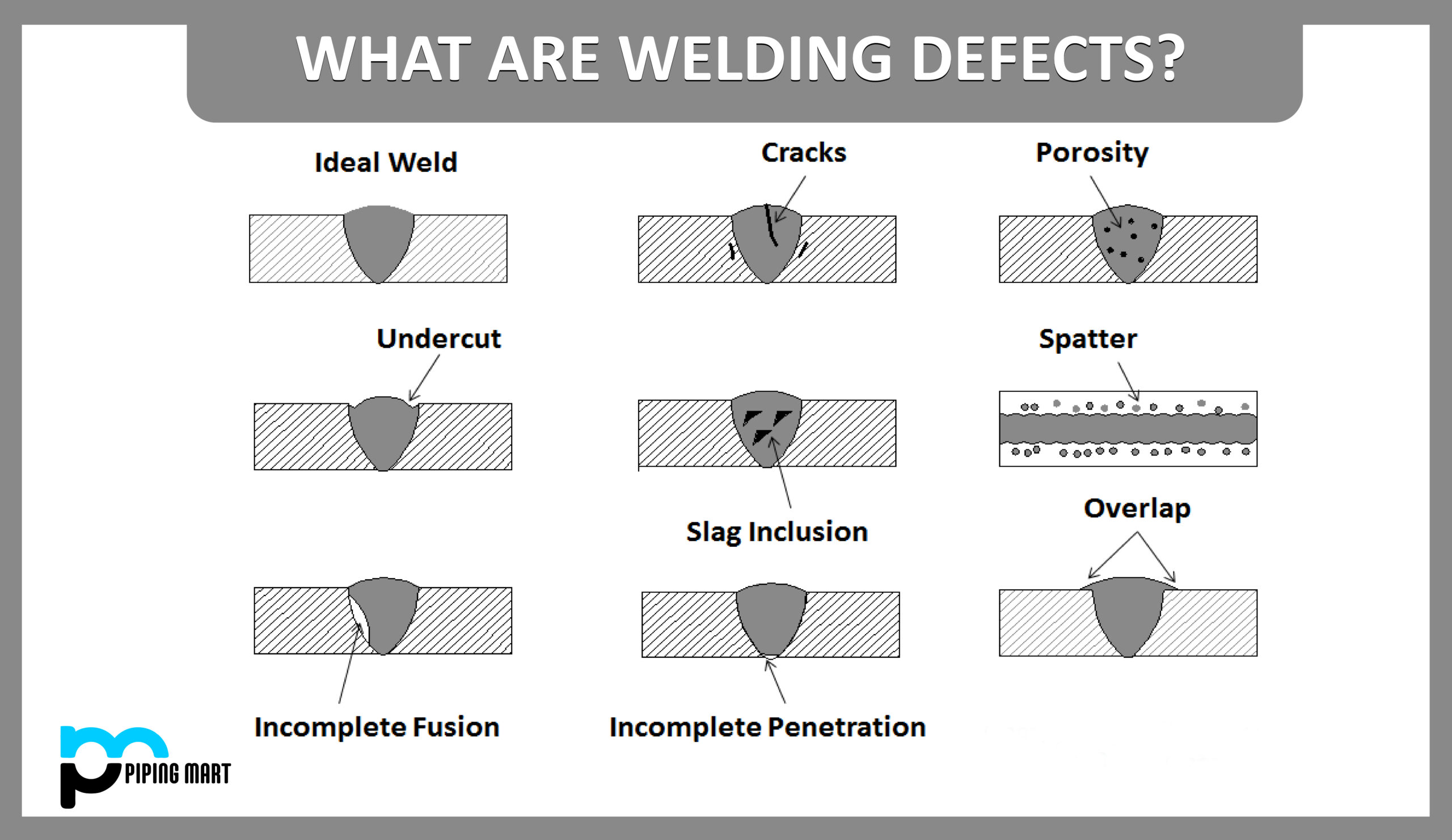When selecting and installing valves, several types, designs, and sizes are available. Two common types of widely used valves are the quarter turn valve and the ball valve. Both these valves offer reliable and leak-free operation for various applications. However, there are some key differences between them that consumers need to consider before choosing one over the other. In this blog post, we will explore the differences between a quarter turn valve and a ball valve, helping you make the right decision for your application.
What is Quarter Turn Valve?
A quarter turn valve is a type of valve that requires only a 90 degree rotation (quarter turn) to function – either opening the flow or completely shutting it off. This type of valve provides fast, easy operation and precise control making them ideal for numerous applications such as medical, industrial and process systems. They are also highly reliable with low maintenance requirements and are available in various materials for different operating conditions.
What is Ball Valve?
A Ball Valve is a type of quarter-turn valve which uses a hollow, perforated and pivoting ball to control flow through it. It is open when the ball’s hole is in line with the flow and closed when it is pivoted 90-degrees by the valve handle. Ball Valves are durable, cost effective, provide tight shutoff at both ends and offer excellent flow characteristics in many applications.
Difference Between Quarter Turn Valve and Ball Valve
Operation Mechanism:
The biggest difference between quarter-turn and ball valves is how they operate. A quarter turn valve has a stem that can be rotated 90 degrees from its closed position to its open position. This allows for quick and easy operation with minimal effort. On the other hand, a ball valve operates by rotating a ball with a hole in it to either permit or obstruct flow. This requires more force and is a slower process.
Water Flow Control:
When it comes to water flow control, both quarter turn valves and ball valves operate in the same way. They allow you to turn the flow of water on or off by rotating the valve handle. However, quarter turn valves provide more accurate flow control than ball valves.
Durability:
Both quarter turn and ball valves are known for their durability. However, ball valves tend to outlast quarter turn valves when it comes to prolonged use. This is because ball valves have fewer moving parts, making them less prone to wear and tear.
Application:
The application also plays an important role in selecting the type of valve. Quarter turn valves are ideal for applications requiring frequent operation, such as water distribution, fire protection, and HVAC systems. On the other hand, ball valves are suitable for applications where a tight seal is required, such as in gas distribution systems, oil and chemical processing, and heating systems.
Cost:
Finally, the cost of the valve is an important factor to consider. Quarter turn valves are generally more affordable than ball valves. This makes them ideal for applications where cost is a primary consideration.
Conclusion:
In conclusion, selecting the right type of valve for your application requires careful consideration of its operation mechanism, water flow control, durability, application, and cost. While both quarter turn and ball valves are reliable and leak-free options, each has distinct advantages and disadvantages. You can choose the valve that best meets your needs by understanding the differences.

Abhishek is a seasoned blogger and industry expert, sharing his insights and knowledge on various topics. With his research, Abhishek offers valuable insights and tips for professionals and enthusiasts. Follow him for expert advice on the latest trends and developments in the metal industry.




